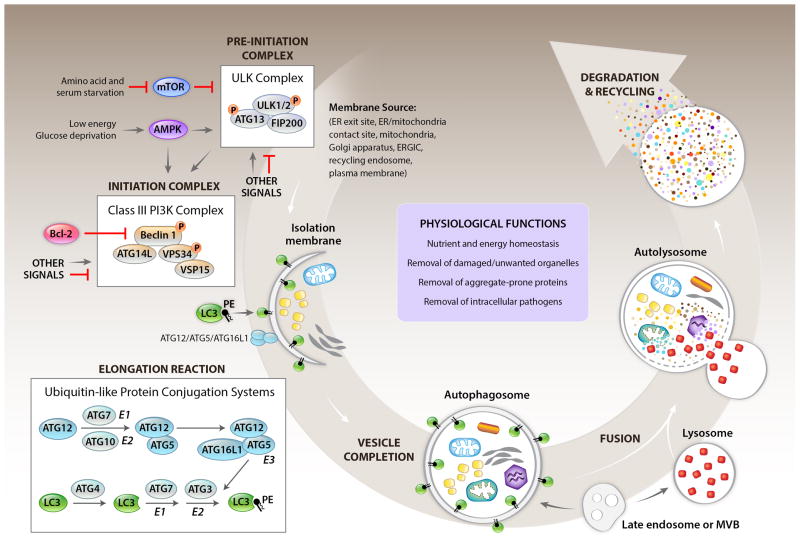Figure 1. Overview of the general autophagy pathway.
Shown are cellular events and selected aspects of the molecular regulation involved in the lysosomal degradation pathway of autophagy in mammalian cells. Several membrane sources may serve as the origin of the autophagosome and/or to contribute to its expansion. A “pre-initiation” complex (also called the ULK complex) is negatively and positively regulated by upstream kinases that sense cellular nutrient and energy status, resulting in inhibitory and stimulatory phosphorylations on ULK1/2 proteins. In addition to nutrient sensing kinases shown here, other signals involved in autophagy induction may also regulate the activity of the ULK complex. The pre-initiation complex activates the “initiation complex” (also called the Class III PI3K complex) through ULK-dependent phosphorylation of key components, and likely, other mechanisms. Activation of the Class III PI3K complex requires the disruption of binding of Bcl-2 anti-apoptotic proteins to Beclin 1, and is also regulated by AMPK, and a variety of other proteins not shown in figure. The Class III PI3K complex generates PI3P at the site of nucleation of the isolation membrane (also known as the phagophore) which leads to the binding of PI3P binding proteins (such as WIPI/II), and the subsequent recruitment of proteins involved in the “elongation reaction” (also called the ubiquitin-like protein conjugation systems) to the isolation membrane. These proteins contribute to membrane expansion, resulting in the formation of a closed double-membrane structure, the autophagosome, which surrounds cargo destined for degradation. The phosphatidylethanolamine-conjugated form of the LC3 (LC3-PE), generated by the ATG4-dependent proteolytic cleavage of LC3, and the action of the E1 ligase, ATG7, the E2 ligase, ATG3, and the E3 ligase complex, ATG12/ATG5/ATG16L, is the only autophagy protein that stably associates with the mature autophagosome. The autophagosome fuses with a lysosome to form an autolysosome; inside the autolysosome, the sequestered contents are degraded and released into the cytoplasm for recycling. Late endosomes or multivesicular bodies can also fuse with autophagosomes generating intermediate structures known as amphisomes, and they also contribute to the formation of mature lysosomes. Additional proteins (not depicted in diagram) function in the fusion of autophagosomes and lysosomes. The general autophagy pathway has numerous functions in cellular homeostasis (examples listed in box labeled “physiological functions”) which contribute to the role of autophagy in development and protection against different diseases.

